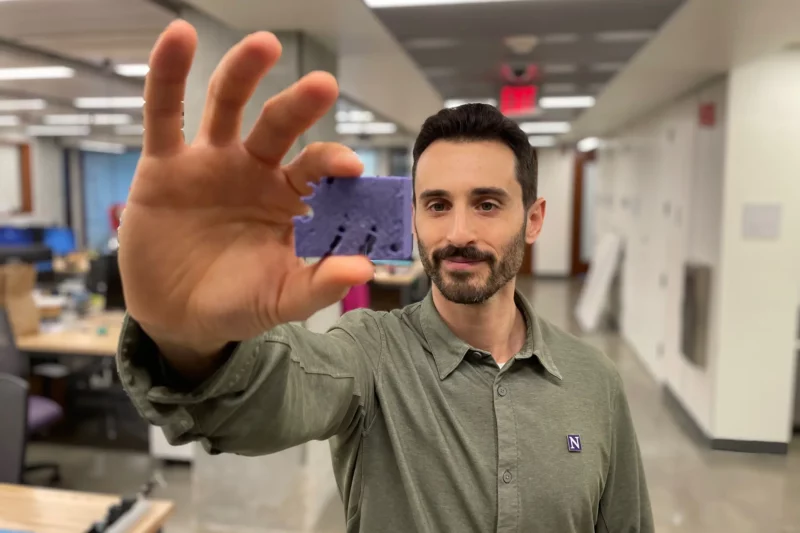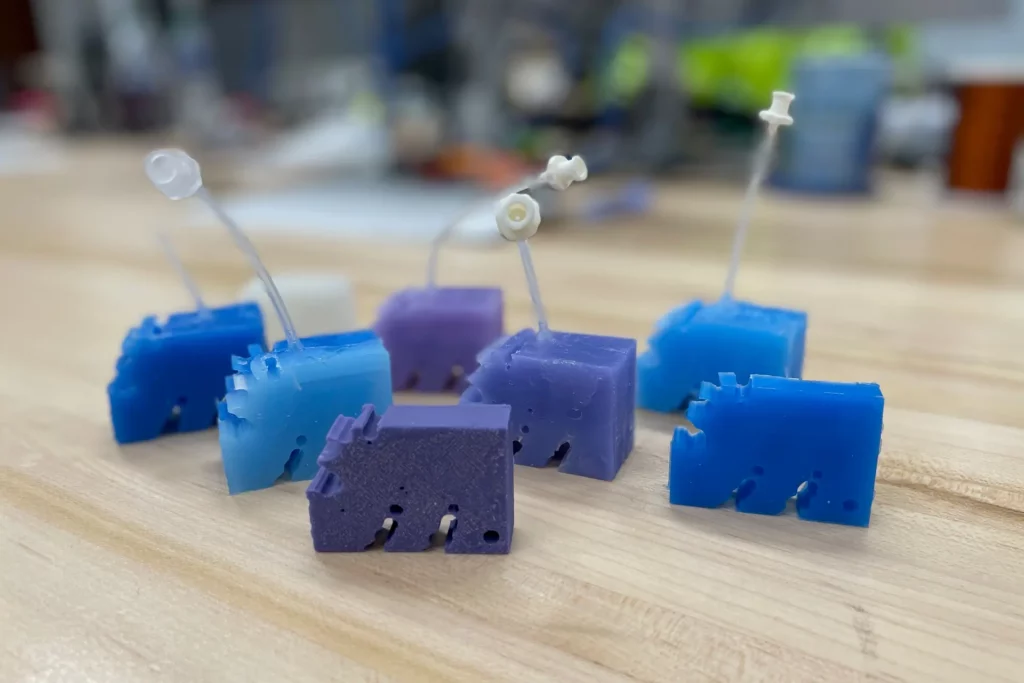Evolution, a typically slow process, is hindered by the fact that nature lacks foresight about which traits in animals will prove advantageous. In contrast, a newly developed AI-based algorithm possesses this foresight, enabling it to swiftly design specialized robots in a matter of seconds.
This groundbreaking algorithm was crafted by a team of American scientists, led by Assistant Professor Sam Kriegman from Northwestern University. Kriegman gained attention two years ago when he unveiled Xenobots, miniature bioengineered robots capable of reproduction. An early version of the algorithm was employed to determine the optimal body shape for these Petri-dish-swimming robots, which ultimately resembled Pac Man.
While it took a supercomputer months to generate that design, the algorithm has now been honed to the point where it can operate on a regular laptop and provide results in under half a minute. Its training was rooted in the principles of natural evolution, with the added advantage of retrospective analysis of successful and unsuccessful biological traits throughout history.
Kriegman explained, “Evolving robots previously required weeks of trial and error on a supercomputer, and of course before any animals could run, swim, or fly around our world, there were billions upon billions of years of trial and error. This is because evolution has no foresight. It cannot see into the future to know if a specific mutation will be beneficial or catastrophic. We found a way to remove this blindfold, thereby compressing billions of years of evolution into an instant.”
As a demonstration of the technology’s capabilities, the researchers tasked the algorithm with creating a robot capable of walking on a flat surface, devoid of any prior knowledge of human-designed walking robots.
Commencing with a digital block of material roughly the size of a bar of soap, the algorithm produced a series of successive designs, each building upon the successes and failures of its predecessors as modeled by the computer. After just 26 seconds and nine generations, the system arrived at a design that could walk at a rate of half its body length per second using three inline legs. A physical silicone model of the robot was then constructed, which indeed demonstrated walking ability, albeit in a somewhat shuffling manner, with air pumped in and out of its body.
The potential applications of this technology are wide-ranging, from optimizing robots for tasks like locating survivors in disaster scenarios, conducting repairs in sewage systems, to performing medical procedures inside the human body.
Kriegman noted, “When humans design robots, we tend to design them to look like familiar objects. But AI can create new possibilities and new paths forward that humans have never even considered. It could help us think and dream differently. And this might help us solve some of the most difficult problems we face.”
Details of the study are available in a recently published paper in the journal Proceedings of the National Academy of Sciences.
Source : https://newatlas.com/robotics/ai-algorithm-evolution-robots/


